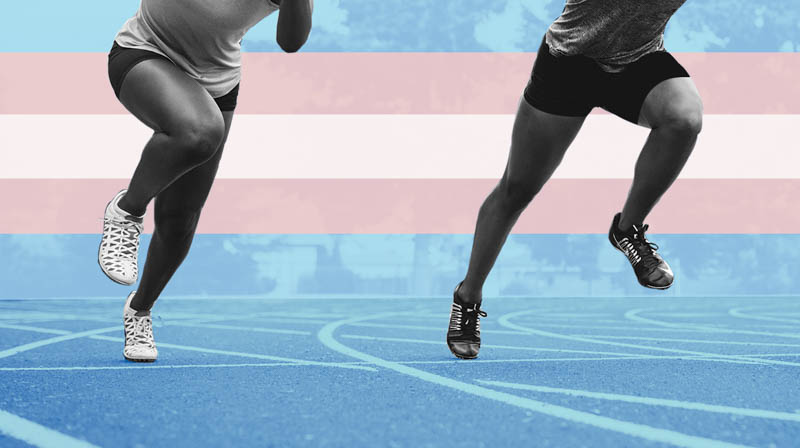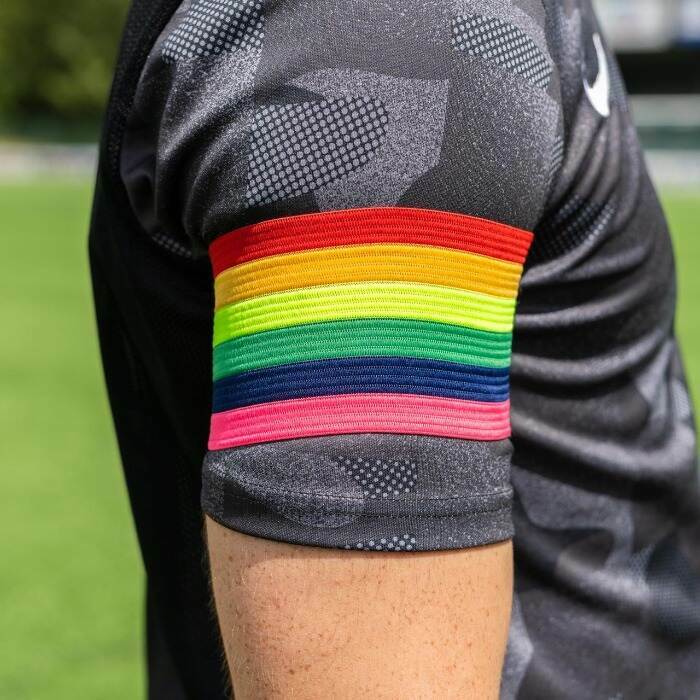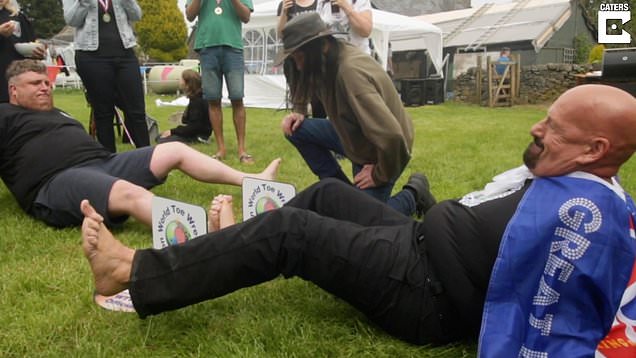

The inclusion of transgender athletes in sports competitions alongside cisgender individuals is a topic of significant debate. And I’m sure we’ve all heard reasons why they should be excluded from regular competitions. However, their arguments can easily be debunked.
Firstly, scientific evidence does not support the notion that transgender women have a consistent advantage over cisgender women in sports. In fact, a study commissioned by the International Olympic Committee found that transgender women athletes often underperform compared to their cisgender counterparts in several key physical areas related to athletic performance.
It’s crucial to recognise that sports have always accommodated natural variations among athletes. Athletes like Michael Phelps, whose unique physiology contributes to his swimming prowess, are celebrated rather than excluded. The genetic and physiological diversity among cisgender athletes is vast, and the inclusion of transgender athletes simply adds to this existing spectrum of human variation in sports.
For trans athletes who take hormones, the physical changes are significant. This treatment substantially changes their physiology to replicate cis people. It’s also important to note that the impact of transitioning varies across different sports. In endurance sports like long-distance running, for instance, transgender women may not have any significant advantage due to similar haemoglobin levels with cisgender women post-transition. This underscores the need for sport-specific considerations rather than blanket policies.
Other than scientific reasons, sport is widely recognized as a human right, and denying transgender individuals the opportunity to compete in their identified gender category is a form of discrimination that goes against the very spirit of athletic competition. Sports have long been a platform for breaking down societal barriers and promoting equality; the inclusion of transgender athletes is a natural progression of this ethos.
As our understanding of gender and physiology continues to evolve, so too should our approach to inclusivity in athletics. By embracing transgender athletes, we not only uphold the true spirit of sport but also move towards a more equitable and diverse sporting landscape for all.
In America, the NFL is a pretty picture of manliness. It features muscled-up men running around 120 yards of grass as they grapple a ball, butt heads, and ooze pure testosterone. If rhythmic gymnastics is a girl’s girl, then American football is a man’s man. Hence, the NFL is expectedly a breeding ground for toxic masculinity and anti-queer rhetoric.
Only 16 openly queer men have played in the NFL. While this may seem like a parallel figure, more than 23,000 men have played for the attested league since 1920. Notably, Carl Nassib came out in 2021 amidst the football season and became the first openly gay player on the index. Another trailblazer, Dave Kopay, commended the defensive lineman on his valour. “There’s a few of us that paved the way and it makes me incredibly happy”, he commented. Kopay was the league’s first publicly queer alum, announcing his sexuality in 1975, following his departure from football. Before him, Ray McDonald was presumed gay almost a decade prior, but this was seldom confirmed. Finally, Vince Lombardi, a former Green Bay Packers coach and is an unforeseen ally. The former Green Bay Packers coach was infamous for his regime of kindness, demanding “Nothing but Acceptance” and expelling anyone who spoke ill of homosexuality.
Hence, the lack of queer representation in the NFL is potent and illuminates the stigma surrounding homosexuality in sports. This shallow space has many seeds including the hypermasculinity and heterosexuality promoted in football culture. From the passing of porn around a locker-room, to frequenting adult clubs, to casually using anti-queer slurs, the NFL has allowed homophobia to run rampant. It’s no wonder players seemingly mask their sexuality or come out following an “I’m retiring” announcement. Thus, success in American football is being strong, silent, and straight.


TOE WRESTLING?
Toe wrestling is an English sport, and not the result of the internet’s favourite fetish, that involves competitor’s interlocking toes and attempting to pin the opponents to the wall of a ‘toedium’. Top participants in the sport take training seriously and have suffered broken toes and snapped ankles because of the sport. The event held its 50th anniversary in 2024, welcoming new competitors from China & India.
NEXUS VERDICT – Given the sport’s origin in disgruntled blue-collar Brits, as well as the international interest, genuine grit, and physical cost of the competition, NEXUS concludes that Toe Wrestling IS a serious combat sport.

Payton Talbott
Payton Talbott is a 26-year-old American MMA fighter currently competing in the UFC, fighting out of Reno, Nevada. Talbott has been competing professionally since 2021, though shot to popularity in 2024, clips of him walking out to Crystal Castles and talking about his torso tattoo blowing up on TikTok highlighting his distinct personal style. His aesthetic and confidence, even after his first loss, creates a particular allure to Talbott. He is also only the second male UFC fighter to be open about his bisexuality and is currently in a relationship with singer/songwriter Frank Ocean.
Sport Centre4 months ago
Sport Centre4 months ago
Sport Centre4 months ago
Columns2 months ago
Columns2 months ago
Columns2 months ago
Columns2 months ago
Columns2 months ago
Columns2 months ago
Columns2 months ago
Columns2 months ago